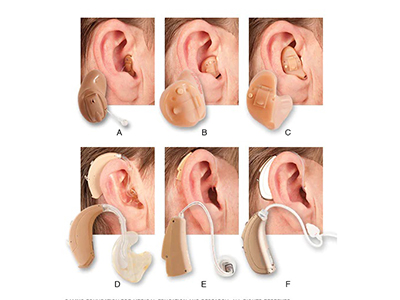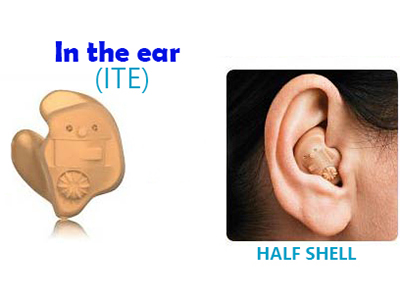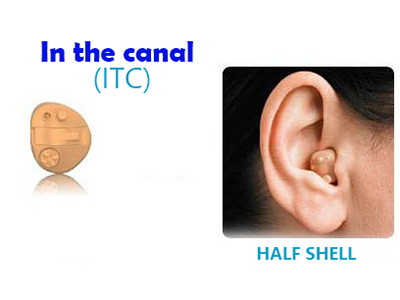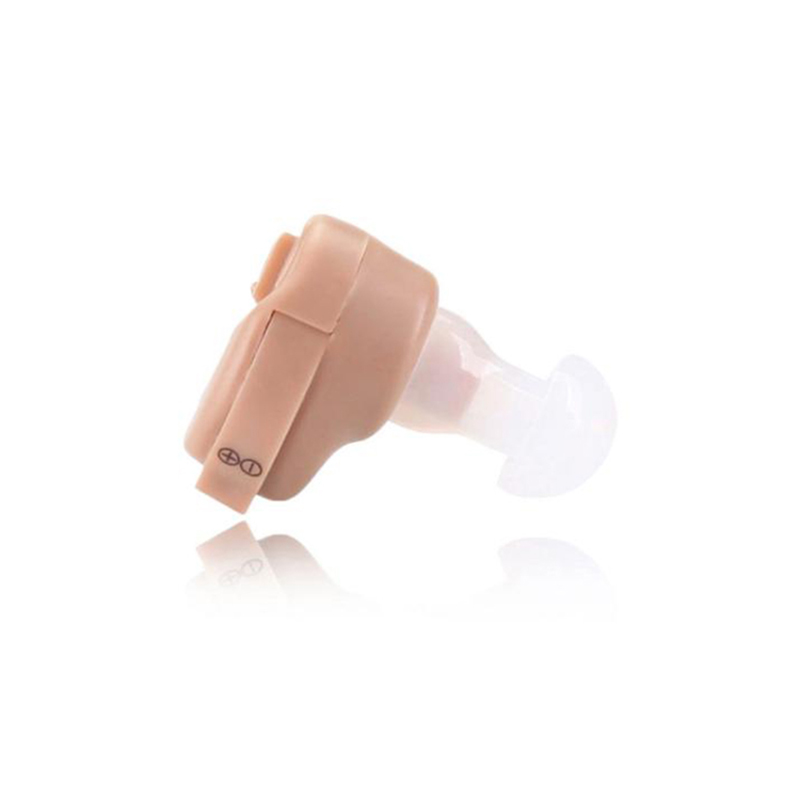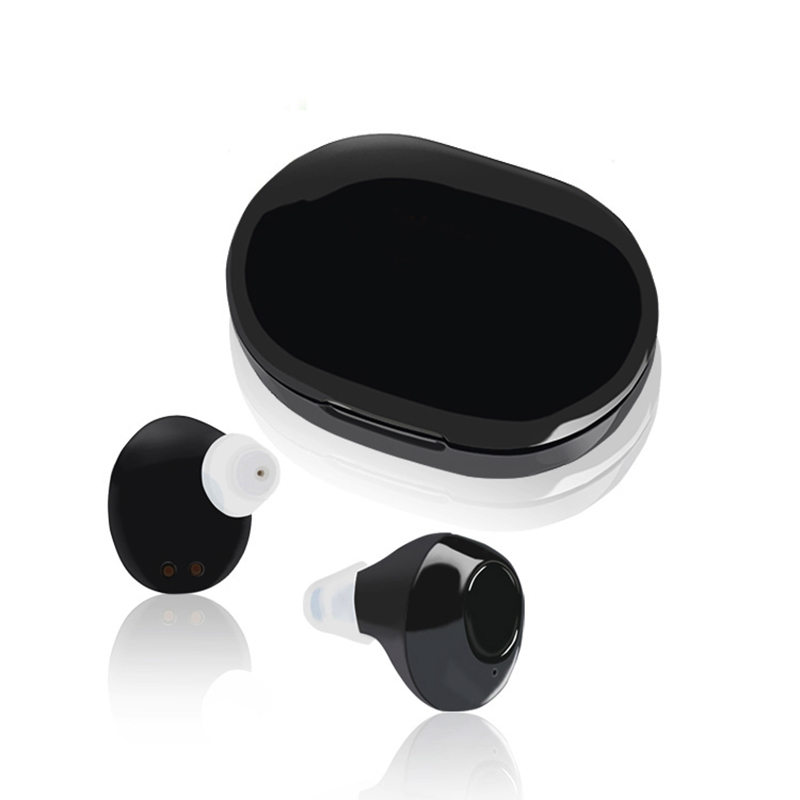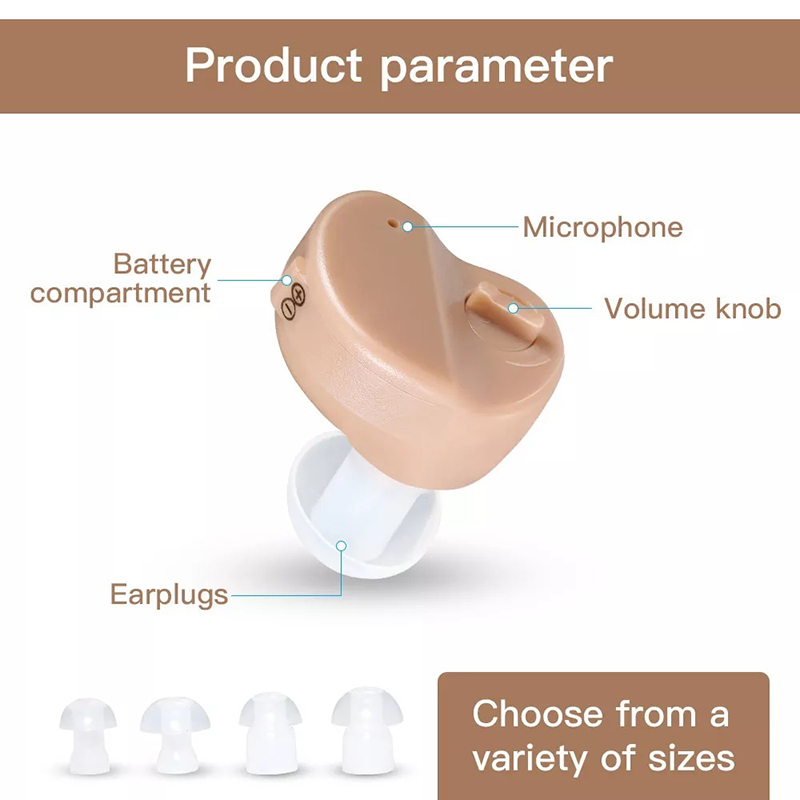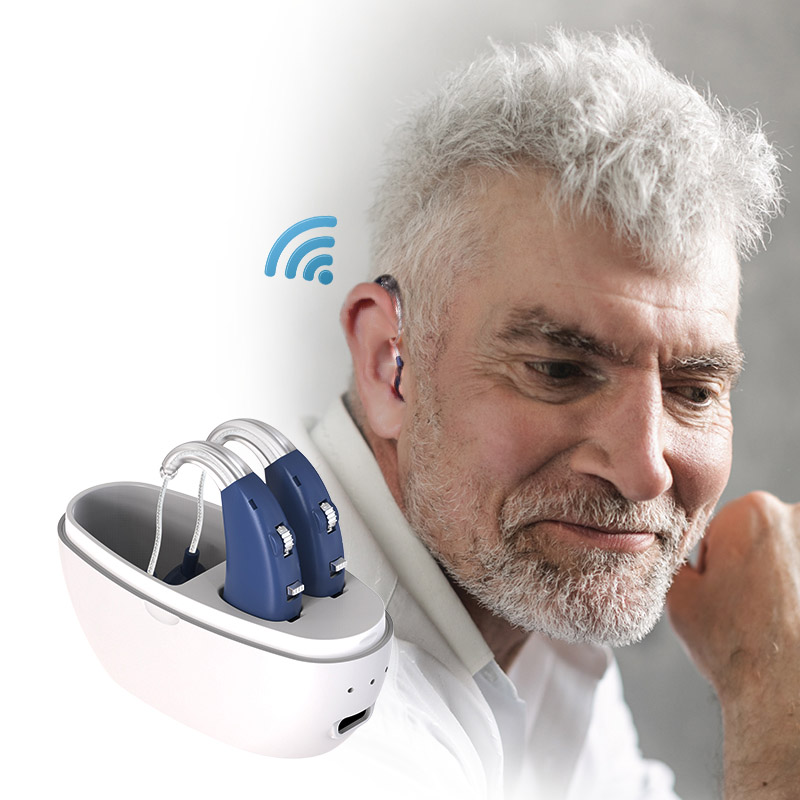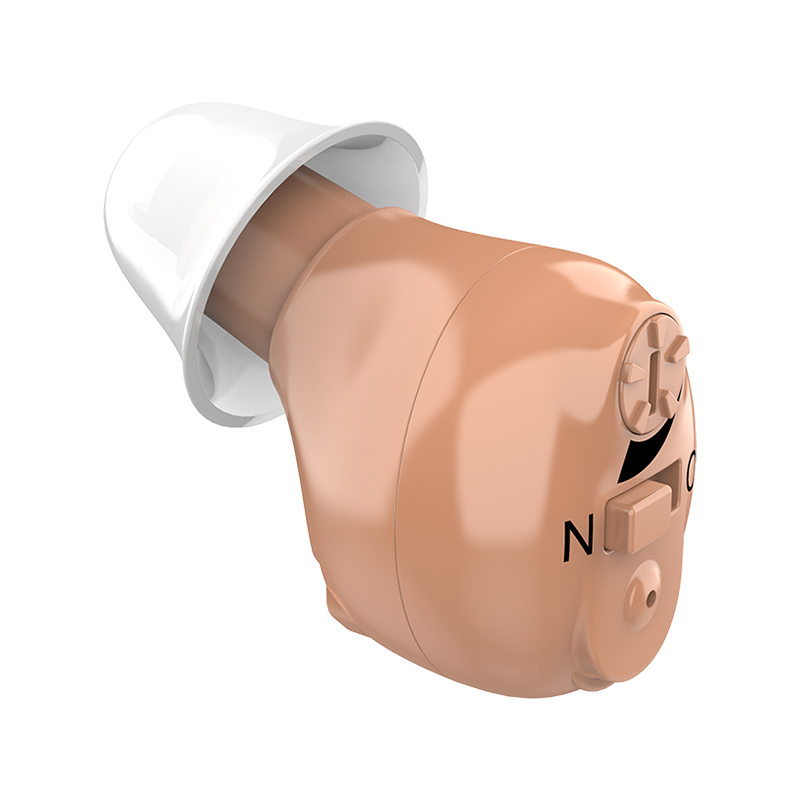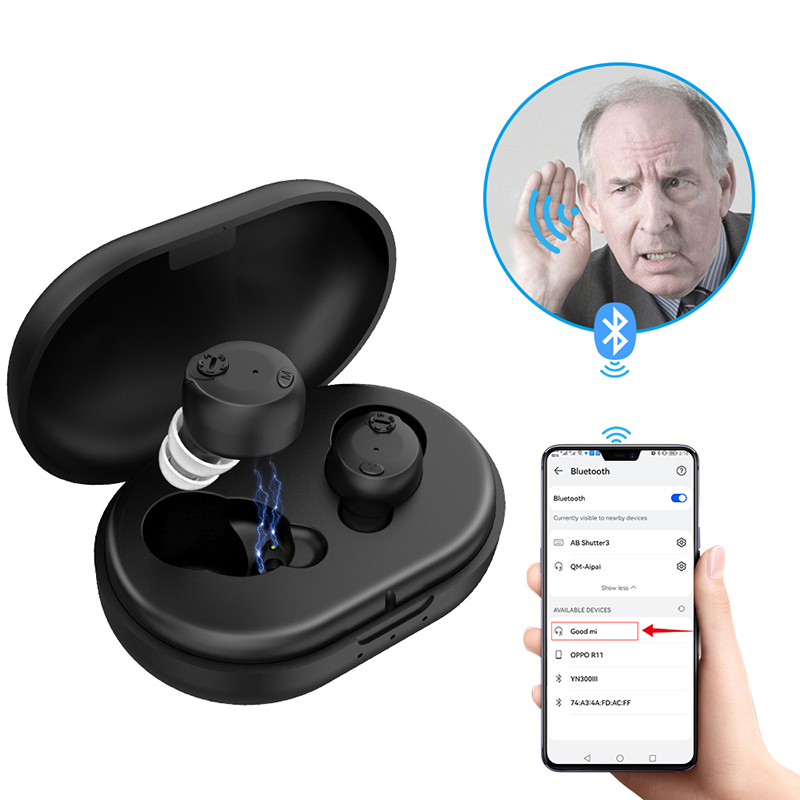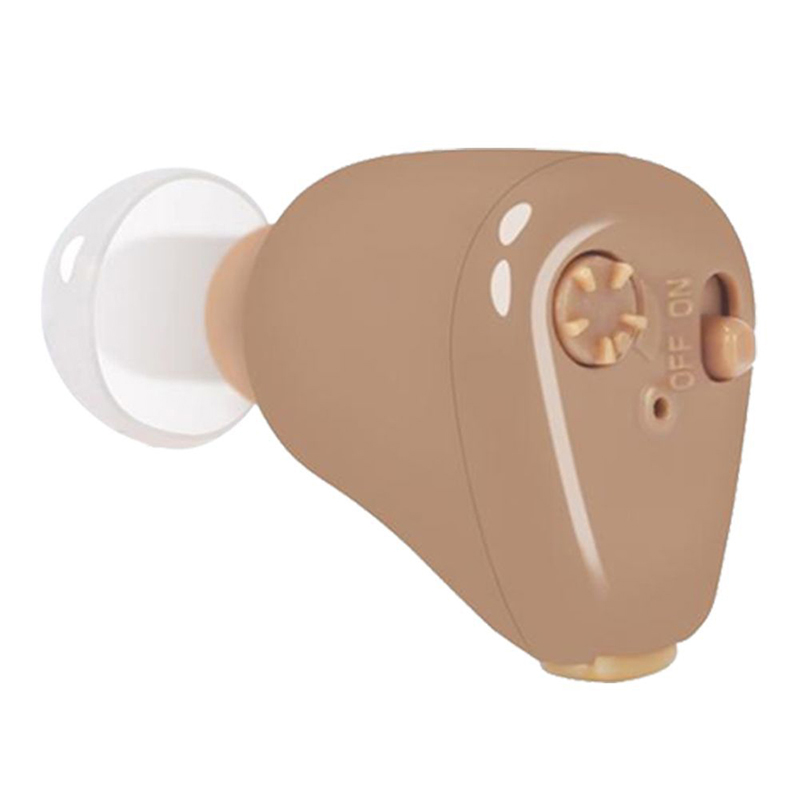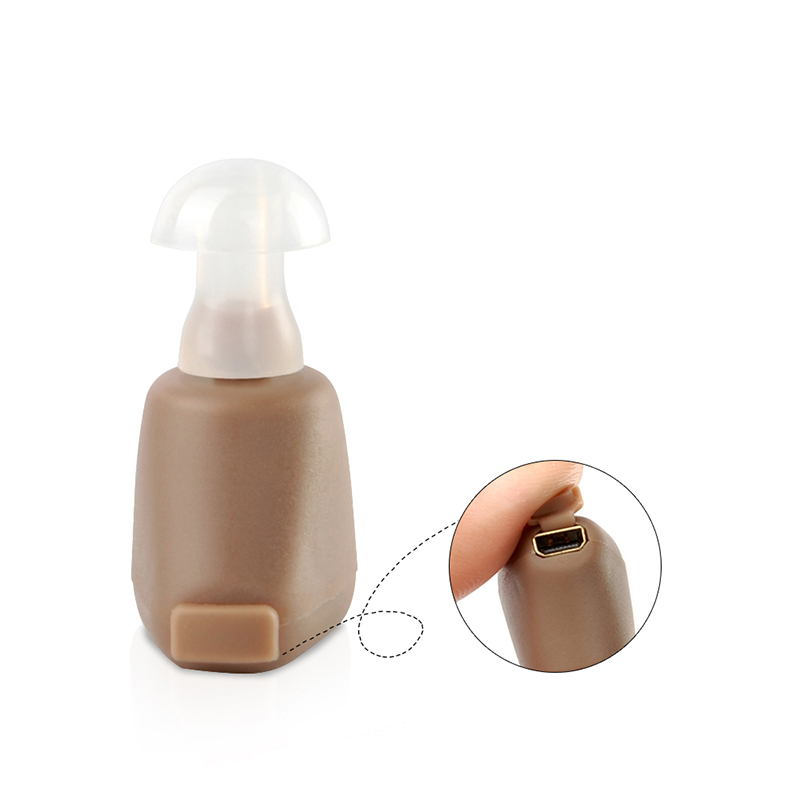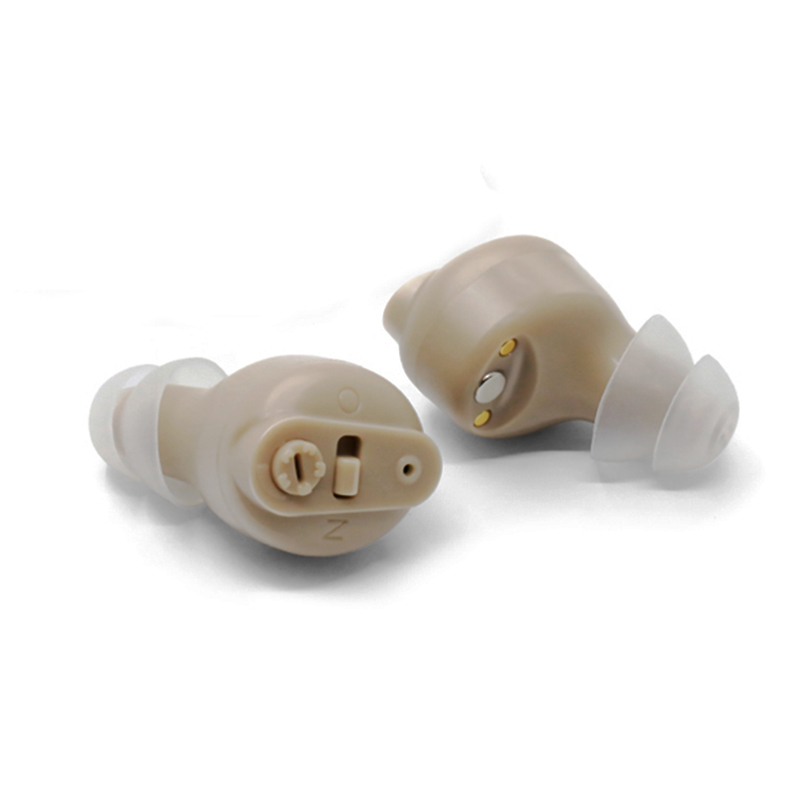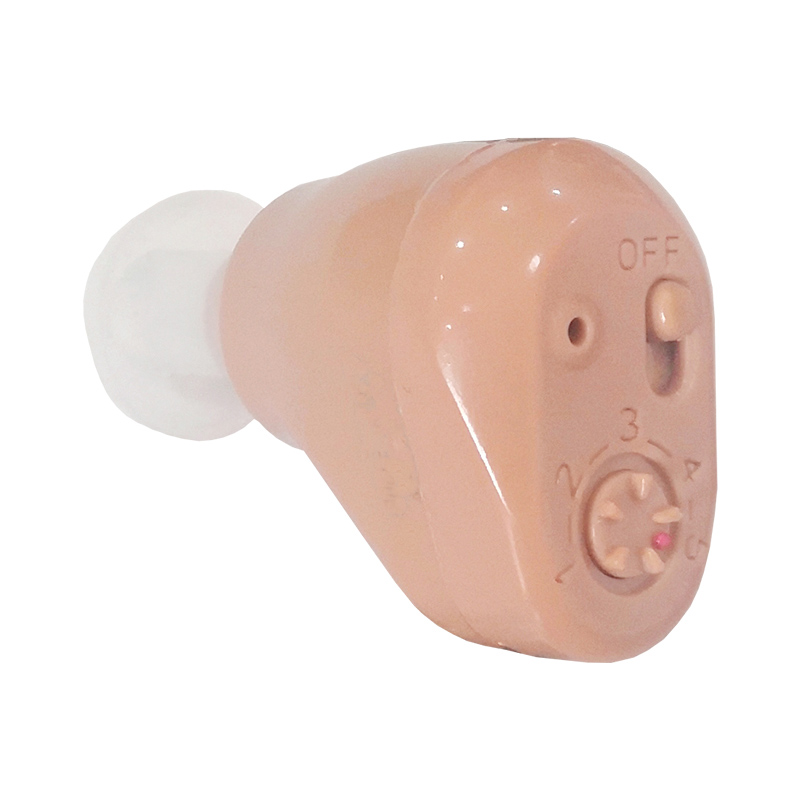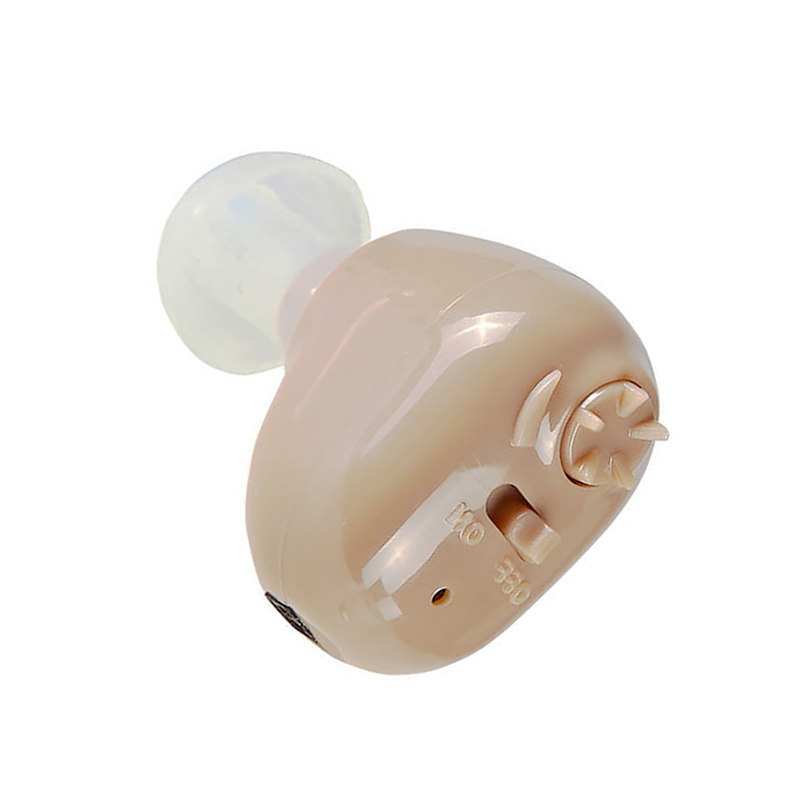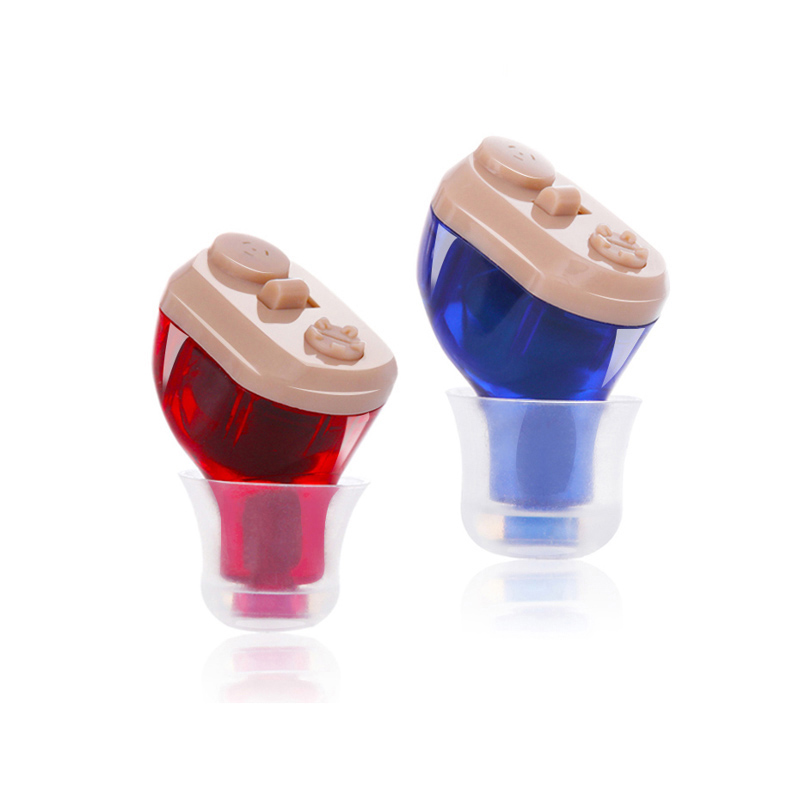In-the-ear hearing aids are the most discreet of any hearing aid style and sit comfortably in the ear canal.This discreet style has no external wires or tubes visible,as opposed to behind-the-ear hearing aids.
ITE hearing aids are composed of a single plastic shell case that contains all the aid's parts. The user doesn't wear anything behind the ear with this style,just simply inserts the hearing aid into the ear. To ensure a perfect fit,ITE aids are typically custom made based on an impression of the wearer's ear and ear canal customization means that ITE nearly Invisible hearing aids are usually very comfortable to wear.
When you select an in-the-ear hearing aid,the hearing care expert will need to take an impression or scan the inside of your ear,for a personalized fit.
In the ear hearing aids are easy to adjust,Suitable for mild to severe wearing loss.
As your audiologist has likely explained to you,ITE stands for in the ear hearing aids. These,as you might expect,that are designed to sit in the ear,rather than behind the ear (BTE).
BTE hearing aids are more powerful and will provide you with a strong range in case your hearing loss gets worse. ITE hearing aids are probably the most suitable option for you if you expect others can't easily see you wearing a hearing aids..
The housing of ITE hearing aids completely fills the concha. The advantages include a longer battery life,the availability of a power version for severe hearing loss,and improved operation compare with CIC hearing aids which it's also used in the ear.
The advantages of ITE hearing aids:
As mentioned,the twin microphone function of the ITE hearing aid means that they produce better sound quality and amplification in general. As such,they tend to be better suited to those with moderate to severe hearing loss. As they're much smaller than BTE hearing devices and fit inside the ear,they're also more discreet. This same property means that they are recessed,and less likely to get in the way of using your phone or wearing a headset. Lastly,they're widely considered the most comfortable of all your hearing aid options. After all,they're designed using a mold of your own ear,ensuring that they fit you perfectly.Some ITE devices with telecoil and Bluetooth features that help you hear better in public spaces like banks and connect to devices like smart TVs and smartphones,so the audio output is transmitted directly to the hearing aid.
The disadvantages of ITE hearing aids:
No hearing aid is 100 percent perfect for all people. ITE devices have their own drawbacks,too.As they are smaller on average,most ITE hearing aids do not have as many manual options as BTE devices. Another,because they sit in close proximity with the ear canal,they tend to attract more ear wax,dead skin,grease,and other dirt. As such,they need to be cleaned more regularly. This also means that they are more prone to needing repairs,though thorough preventative maintenance should keep that from occurring too often. Lastly,they are more prone to feedback,which is an issue that produces unpleasant loud noises when the microphone and receiver are out of position and too close to one another. Your hearing health professional can help with that,however.
Beyond helping you choose the hearing aid best suited to your needs,your hearing health professional can provide a range of helpful tips and useful services to help you get the best out of it. This includes troubleshooting and fixing most issues,so if you have any trouble with your hearing aid,don't hesitate to make an appointment.

